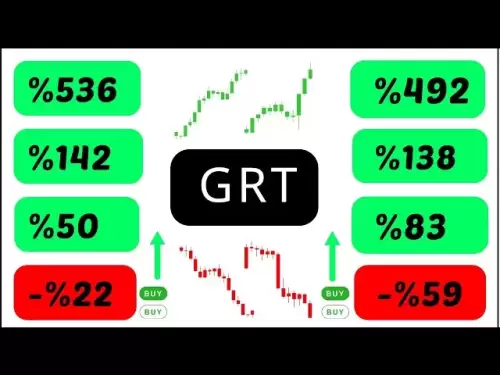Kyrgyzstan navigates the complex world of crypto, balancing innovation with the risks of sanctions evasion, and emerging as a key player in Central Asia's digital finance landscape.

Kyrgyzstan's crypto scene is heating up! From ruble-pegged stablecoins raising eyebrows to the launch of a gold-backed digital currency, the country is becoming a fascinating case study in the intersection of sanctions, cryptocurrency, and national policy. Let's dive in!
Kyrgyzstan: A Crypto Hub in Central Asia
Forget what you think you know about Central Asia and crypto. Kyrgyzstan is making waves as a progressive jurisdiction for digital assets. Unlike its neighbors with their crypto crackdowns, Kyrgyzstan has embraced a clear legal framework. The "Law on Virtual Assets," adopted in 2022, lays the groundwork for compliant growth in the decentralized finance space. By October 2024, the country had issued 126 VASP licenses, dwarfing other nations in the region.
The $9.3 Billion Question: A7A5 and Sanctions Concerns
Now, here's where things get interesting. A cryptocurrency token called A7A5, launched in Kyrgyzstan and pegged to the Russian ruble, has moved a staggering $9.3 billion in just four months. The Financial Times reports that this stablecoin, linked to sanctioned Moldovan businessman Ilan Şor, is raising red flags about potential sanctions evasion. This coin is backed by ruble deposits at Promsvyazbank, a major lender to Russia’s defense sector already under strict sanctions. The launch of A7A5 coincided with the creation of Grinex, a crypto exchange supporting trading in A7A5, Russian rubles, and Tether. It's a complex web, and regulators are likely watching closely.
USDKG: Gold-Backed Stability
On the other side of the coin (pun intended!), Kyrgyzstan is also pioneering legitimate uses of cryptocurrency. Enter USDKG, a gold-backed stablecoin developed in partnership with the Ministry of Finance. Each USDKG token is pegged 1:1 to the U.S. dollar and backed by state-held physical gold reserves. Audited by independent third parties and integrated into Kyrgyzstan’s financial system, USDKG offers a transparent and regulated option for payments and cross-border transactions. According to project advisor Gabriel Guerra, USDKG has the potential to serve as a model for other emerging markets.
North Korea's Crypto Capers and the Global Stage
While not directly tied to Kyrgyzstan, the broader landscape of cryptocurrency and sanctions includes North Korea's increasing involvement in the crypto space to fund illicit activities. The US Department of Justice is actively working to seize crypto earned by North Korean IT workers using fake identities. This highlights the global effort to combat the exploitation of the crypto ecosystem for sanctions evasion.
My Take: A Tightrope Walk
Kyrgyzstan's crypto journey is a delicate balancing act. On one hand, the country is fostering innovation and attracting investment with its progressive regulations. On the other, it must be vigilant about preventing its crypto sector from being used to bypass international sanctions. The A7A5 situation demonstrates the risks, while the USDKG project showcases the potential for responsible crypto adoption. If I were a regulator there, I'd be keeping a very close eye on transaction patterns and ensuring strict compliance with international standards.
The Future of Crypto in Kyrgyzstan
So, what's next for Kyrgyzstan? It's hard to say for sure, but one thing is clear: the country's experiment with cryptocurrency is one to watch. Will it become a haven for sanctions evasion, or a model for responsible crypto adoption? Only time will tell. But one thing’s for sure: the Kyrgyz Republic is definitely a country to watch in the wild west that is cryptocurrency.






















































































